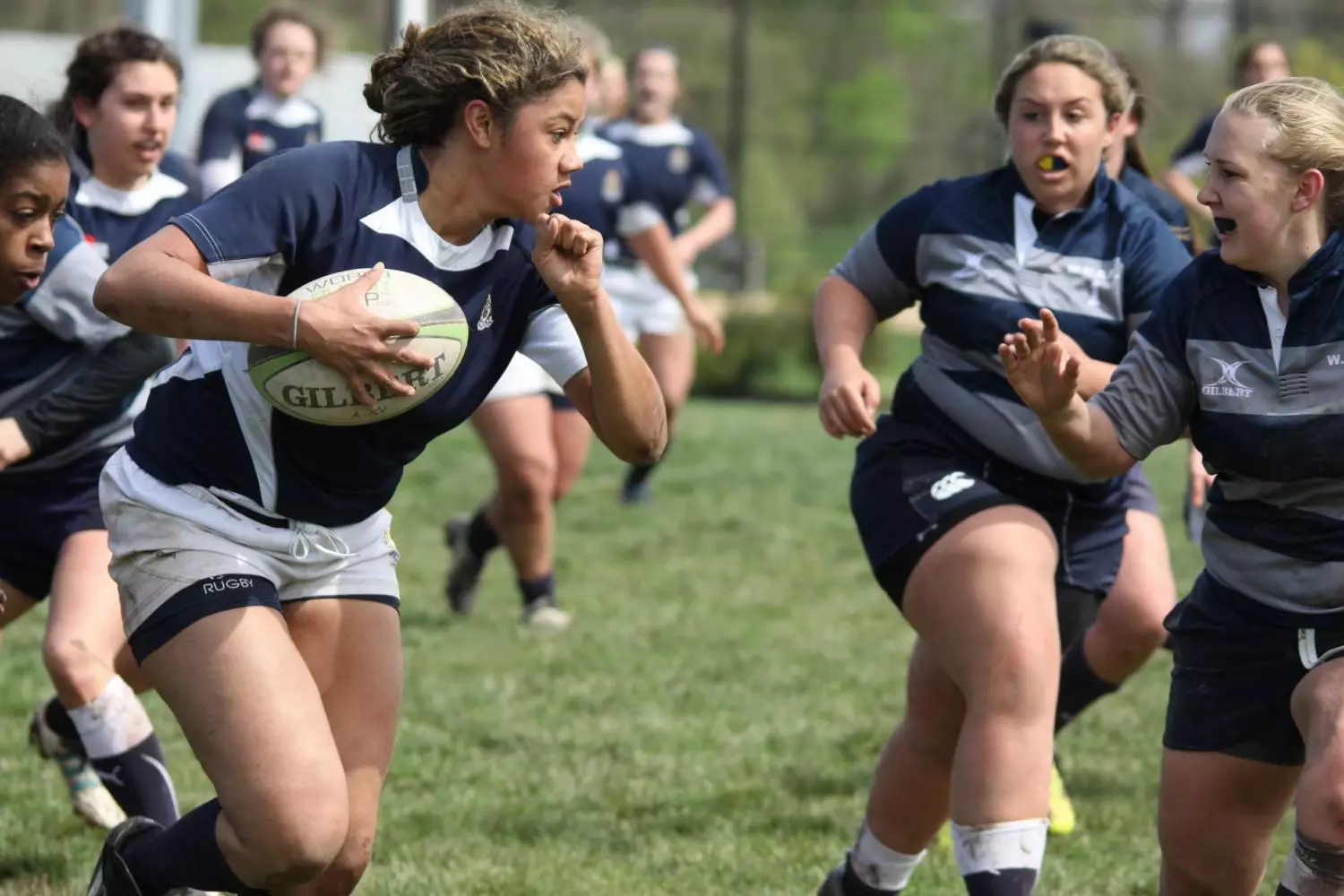As the Women’s Six Nation’s Championship kicks off, concerns regarding player injuries are on the rise. With the increasing number of women participating in rugby globally, it is evident that female players require their own injury prevention strategies due to gender-specific differences. Research has shown that anatomical variances in females, such as lower neck strength and girth, may predispose them to concussions and lower limb injuries. Notably, females tend to have greater head acceleration in response to force, which could increase the risk of concussion compared to their male counterparts.
Concussion remains the most frequent injury diagnosis in both male and female rugby, followed by lower limb injuries to the ankle, knee, and hamstring. Despite the similarities in injury types, female rugby players face unique challenges due to anatomical and neuromuscular differences. While women’s rugby has an overall injury risk nearly 50% lower than men’s rugby at the elite level, the scenario shifts in amateur rugby, with both genders facing comparable injury risks. Emerging evidence suggests that females may experience a higher overall burden of injuries at this level.
Concussion and ACL Injury Risks
Concussion, a common traumatic brain injury in rugby, presents a more substantial risk to female players compared to men. Not only do female players sustain more concussions, but they also face a longer recovery time and adverse consequences following the injury. Similarly, ACL injuries, although more prevalent in elite women’s soccer, pose a significant risk in women’s rugby. The rate of ACL injuries is substantially higher for women in both professional and lower-tier rugby, with longer recovery times compared to men.
Despite advancements in research on female rugby injuries, many questions remain unanswered. Factors such as the transition towards professionalism in women’s rugby, tackle techniques, medical support, menstrual cycles, and breast injuries require further exploration. The lack of established guidelines on breast protection and health in women’s rugby underscores the need for tailored injury prevention strategies for female players. Women should not be considered merely smaller versions of men when it comes to injury prevention in contact sports, highlighting the importance of understanding and addressing gender-specific risks in women’s rugby.

